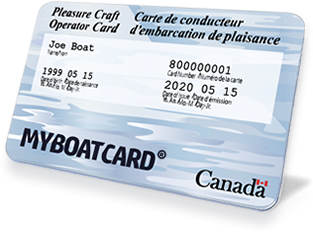Local Hazards
Being prepared goes beyond ensuring that your boat is properly equipped and maintained.
 Before you travel in a new area, you should:
Before you travel in a new area, you should:
- Check nautical charts for overhead obstacles, bridges and underwater cables in your boating area;
- Read nautical charts with publications like Sailing Directions. Looking at tide tables and current atlases will also help you learn about water levels, times of low, slack and high tides, and the direction of water flow;
- Stay away from swimming areas – even canoes and kayaks can injure swimmers;
- Avoid boating too close to shore; and
- Talk to local residents who know the waters if you are in an area that is not covered by marine charts. They may be able to point out low-head dams, rapids and white water, and describe local wind conditions, currents and areas of rapid high-wave build-up.
Rapids
Boaters should stay clear of rapids and strong currents if possible. Rapids have strong turbulent currents and can conceal rocks just below the surface. Rapids and fast flowing currents can:
- Easily swamp a vessel and/or cause it to overturn;
- Overpower the vessel – causing it to lose control;
- Make difficult to recover a man overboard in an emergency; and
- Easily result in personal injury or death.
REMEMBER: Rapids have strong turbulent currents, can conceal rocks just below the surface, can easily swamp a vessel and/or cause it to overturn, can overpower the vessel – causing it to lose control, and can easily cause personal injury or death to a person in the water.

